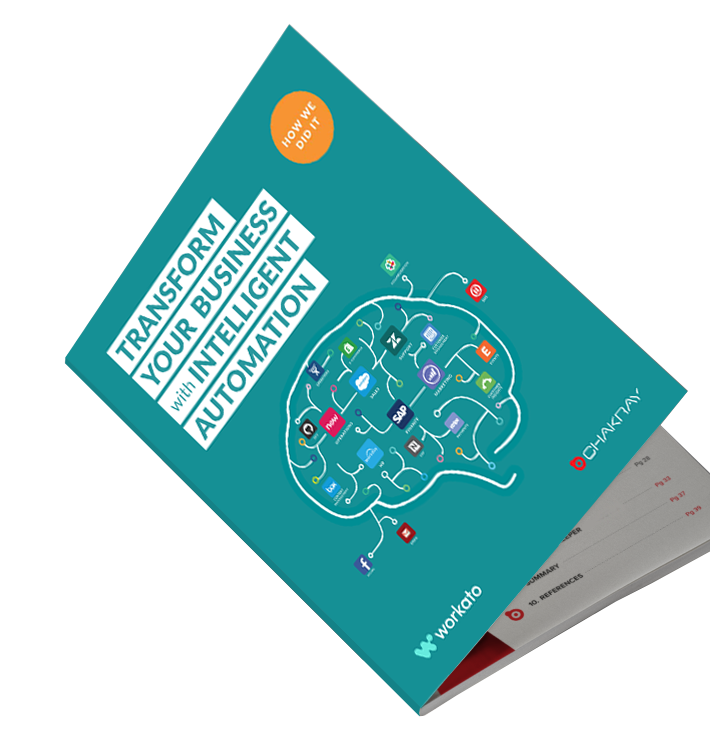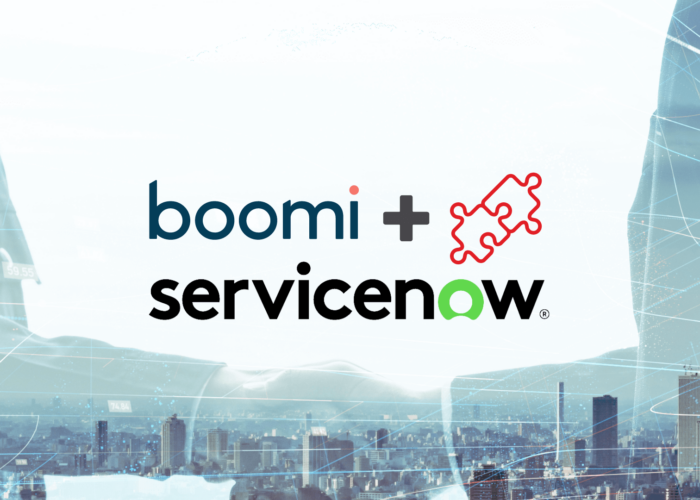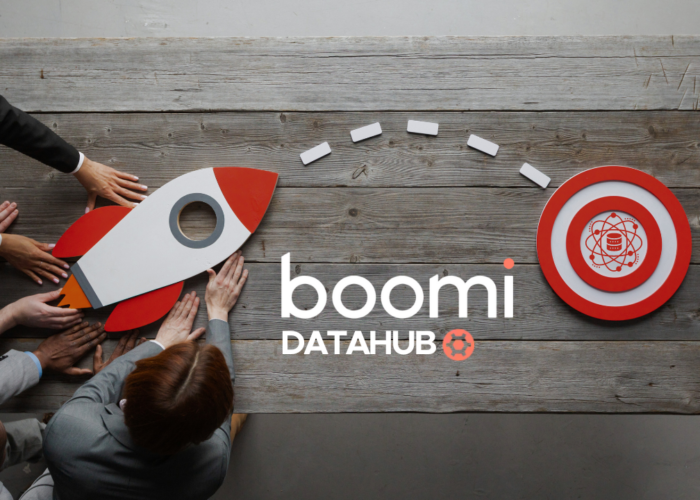Did you know that organizations that fail to plan a migration project lose money because of data loss and compatibility concerns? Don’t worry though, a proper, well-thought-out migration strategy will ensure a smooth and successful migration process.
Normally, the data migration timeline is between two months and a year. This varies, depending on the amount of data you have and the compatibility with the new system you have chosen. Luckily, there are data migration tools and software that make our lives much easier. That said, you still need to have a data migration checklist to initiate the process. Here are the top 5 steps to include in a successful data and system migration plan.
Because of that, in this article, we will take you through a 5 step checklist for planning your data and system migration. We want to give you the best possible chance of success!
5 step migration checklist: How to plan your data and system migration plan
The following five steps are designed to guide you through the process of developing the perfect data and systems migration plan:
1. Stakeholder on board
When you think of system migrations the IT department automatically comes to mind. While the IT department is of course an important part of the process, the reality is that system migration impacts every area of the business. Furthermore, it should be a strategic priority across your company, be it the production team, accounting team, IT, or sales team.
It’s not only important that the management understands that but that the users do too. That said, it’s not always a simple task as the users need to see the new system’s value either through sales or through day-to-day tasks. If they don’t see it, they will be unlikely to make the switch.
2. Clear mind of your as-is processes
The first step to always follow, whether you have a system migration, or a migration of integration/API services is to audit what is already there. This is, in terms of functionality, features, organization rules and data to be replicated in the new technology stack.
The next key step is to restore the data models between the systems and make mapping rules for the shared organization objects. The next challenge is to handle the variety of buckets of data. We will find loads of different data types to migrate with rules for each bucket with different levels of automation. The reason why we find ourselves in this situation is because of data quality or rather the lack of it too due to the constant changes in business processes or key personnel over some time.
3. Plan for milestones
This point is very important. To succeed, you must set timelines and KPIs to plan your key milestones. The creation of a structured roadmap will not only help the members of the team understand what tasks are expected, but it will also identify gaps where the necessary skills or budgets are lacking.
4. Leverage technology
Today’s technology is so powerful that you shouldn’t overlook its potential. Machine learning, automation, and artificial intelligence can support you in mapping your processes. They can also identify process deviations, perform fit-gap analysis, proactive solve inefficiencies, test new processes, and also monitoring user adoption. So, trust technology on this journey!
5. Regular communication and monitoring success
Regular communication will be a key factor in the process. This means that you should establish check-ins during key phases of the migration as well as track progress towards business outcomes. All of the above is critical to managing expectations.
To measure the impact of your optimizations it’s a good idea to use process performance metrics such as workarounds or reworkings.
When it comes to employee engagement, regular status reports, newsletters, FAQS and workshops can also prove very helpful.
In terms of time to evaluate the results, first we should start with verifying the integrity of the data on the target system. It’s always important to check for any missing or incorrect data even though there shouldn’t be any.
The next step will be to confirm that the new data set meets all the access and security requirements. As explained in the previous point, this will just need to be a double check to make sure everything is ready to go live.
And finally, the time has arrived to evaluate the data migration itself. An audit of the process will ensure there are no problems with the follow-up of testing to identify any errors that can cause difficulty. It is also an important step to have a retrospective of the process. This is, during this time the involved team as well as other stakeholders can discuss what we can improve and what worked out well. Even though the idea is not to have another migration or at least not in the near future, it is always useful to learn relevant lessons from the data migration planning process. As someone once said, practice makes perfect.
Conclusion
The main aim of this article is not to underestimate a data and system migration’s risks, costs, and challenges, and also to plan as it can disrupt your business if you do not do so.
This 5 step checklist will be your starting point when it comes carrying out your data and system migration with more confidence. Of course, it will just be the start of it, and it still requires you to do some market research and check how other companies do their strategy and how they execute their system migration.
Remember, you are not alone in this process. If you need help or more information do not hesitate to contact us. Someone from our team will be in touch and help you achieve a successful migration by early involvement in your data needs and integration in the implementation.







